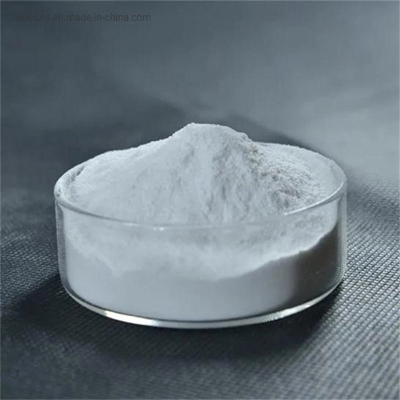-
Categories
-
Pharmaceutical Intermediates
-
Active Pharmaceutical Ingredients
-
Food Additives
- Industrial Coatings
- Agrochemicals
- Dyes and Pigments
- Surfactant
- Flavors and Fragrances
- Chemical Reagents
- Catalyst and Auxiliary
- Natural Products
- Inorganic Chemistry
-
Organic Chemistry
-
Biochemical Engineering
- Analytical Chemistry
- Cosmetic Ingredient
-
Pharmaceutical Intermediates
Promotion
ECHEMI Mall
Wholesale
Weekly Price
Exhibition
News
-
Trade Service
The transposable element
Activator (Ac)
has been used in several plant species as a tool for gene isolation and characterization. However, it has not been widely utilized in its native host maize, in part, because of a relatively low germinal transposition rate. The propensity of
Ac
to move to linked sites provides an opportunity to overcome this limitation when
Ac
elements are distributed at regular intervals throughout the genome. This chapter details the use of such a system in maize through simple genetic manipulations. A detailed protocol is also provided to clone
DNA
flanking
Ac
insertions.







